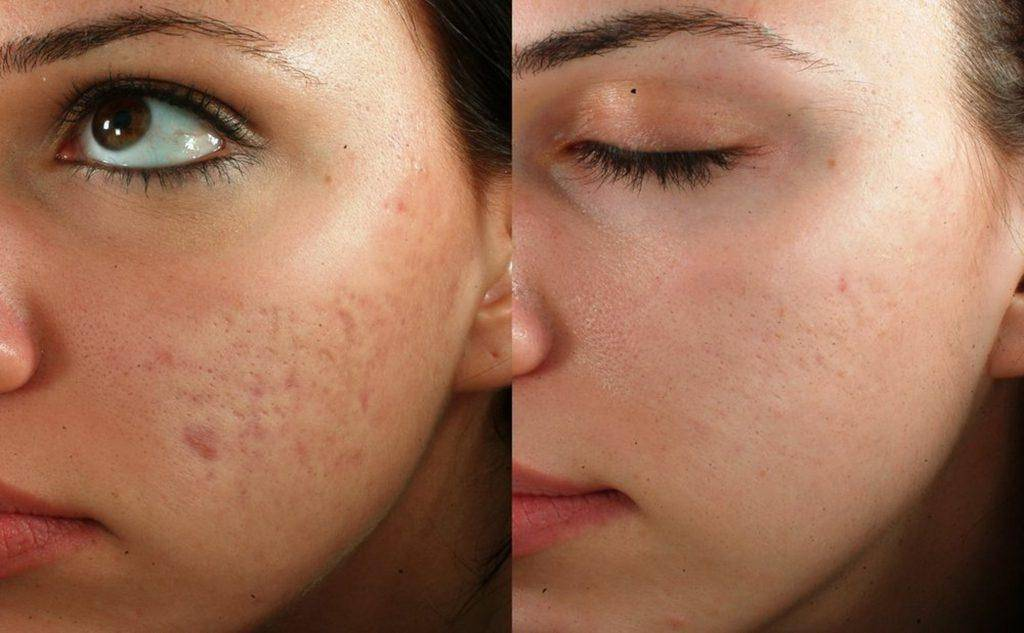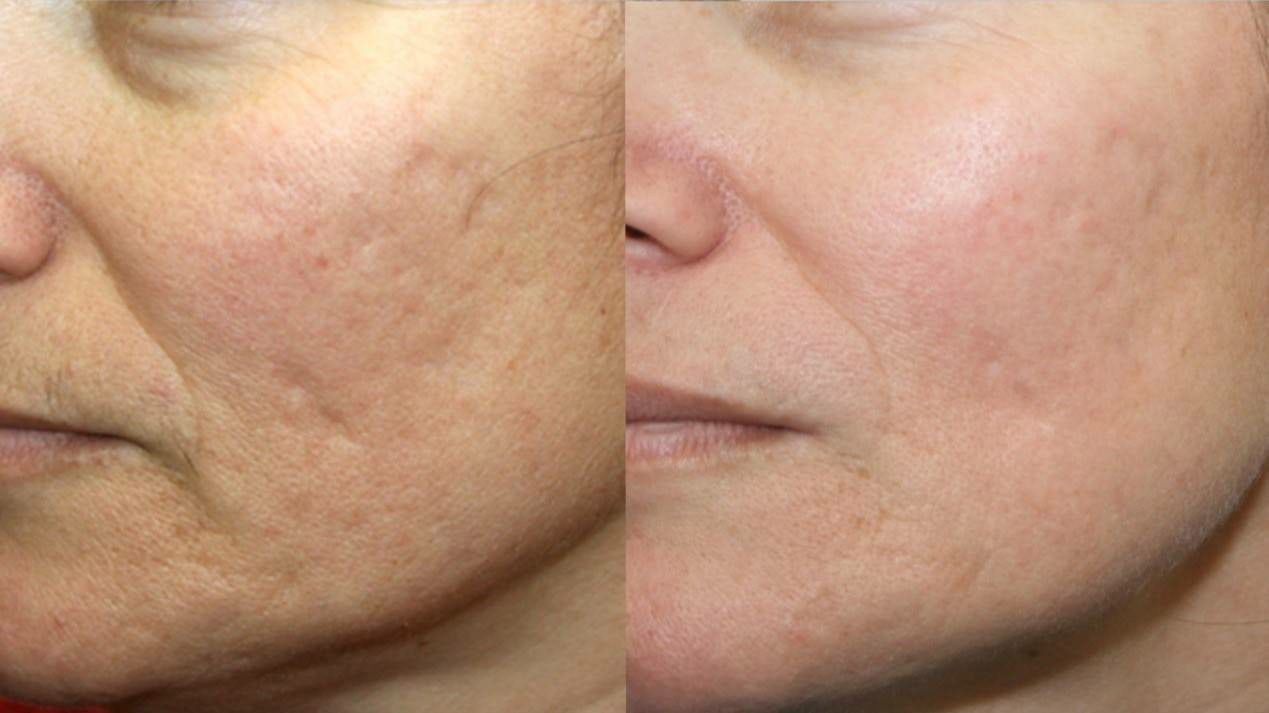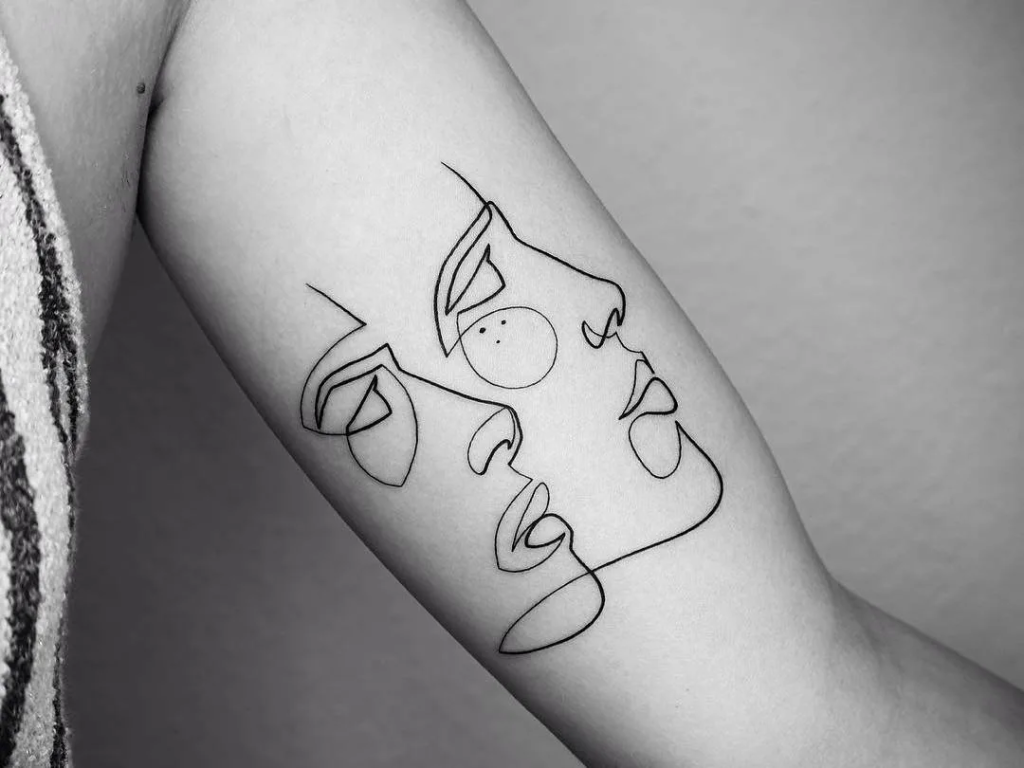Microneedling, a popular dermatological procedure touted for its capacity to rejuvenate skin, has gained attention for its potential to reduce the visibility of acne scars. A pressing question for many is whether the outcomes of this treatment are permanent. The answer is nuanced; while microneedling can yield significant improvements in skin texture and scar appearance, the permanency varies based on individual skin factors and the nature of the scars. This treatment, which involves creating microscopic punctures in the skin, aims to stimulate the body’s natural healing process and promote collagen production. Throughout this article, we’ll delve into how microneedling targets acne scars and what individuals can expect regarding the durability of the results.
Understanding Acne Scars and Microneedling

Acne scars manifest in several forms such as atrophic, hypertrophic, and hyperpigmentation, each presenting unique challenges in treatment. Atrophic scars, or depressions in the skin, are common after acne or chickenpox. Hypertrophic scars are raised, often occurring after more severe trauma to the skin. Hyperpigmentation refers to areas of discolored skin left behind after an acne lesion has healed. To combat these various scar types, microneedling intervenes by triggering the skin’s reparative mechanisms, chiefly by encouraging collagen and elastin production—two vital proteins that lend skin its structure and elasticity.
How Microneedling Works to Improve Acne Scars
Microneedling leverages the process known as collagen induction therapy. By creating controlled micro-injuries, it activates the skin’s innate healing abilities. The increase in collagen and elastin works to fill in atrophic scars and can soften the appearance of hypertrophic scarring. Several factors can influence microneedling’s effectiveness, including the size and depth of the scars, the patient’s age, and their skin’s response to treatment. Notably, adherence to pre- and post-treatment care protocols plays a critical role in maximizing the effectiveness of the procedure.
The Duration of Microneedling Benefits on Acne Scars

The benefits derived from microneedling have a wide range as it significantly depends on the individual’s skin condition and scar severity. Short-term, patients may experience immediate plumpness and a radiant glow due to the inflammation and healing response. Over the long term, the generated new collagen may improve the skin’s texture and reduce the depth of acne scars, lending a smoother appearance. Studies and anecdotal evidence from dermatologists
suggest that the improvements can be long-lasting, especially with adequate maintenance, but permanent scar removal is not guaranteed.
Maximizing Microneedling Results for Lasting Improvements
To optimize the effects of microneedling, a series of treatments are generally recommended. Here’s a simple guideline:
- Initial Consultation: Your dermatologist will evaluate your skin and scars to determine the most suitable treatment plan.
- Treatment Frequency: Most patients undergo 3 to 6 microneedling sessions spaced about 4 to 6 weeks apart.
Post-treatment care is equally as crucial, as proper skin care can extend the improvements gained from the procedure. Pairing microneedling with additional professional skin treatments, such as chemical peels or laser therapy, may also amplify and lengthen the results.
Lifestyle Factors and Their Impact on Microneedling Results
A patient’s lifestyle can influence how long the benefits of microneedling last. A well-balanced diet, consistent skin care routine, and avoidance of excessive sun exposure are paramount in preserving the quality of the skin post-treatment. Such practices help prevent the development of new acne scars and maintain the skin’s overall health. Personalizing these habits to suit individual skincare needs is necessary for optimal and prolonged results. The following table outlines key lifestyle factors and recommended practices for maintaining microneedling results.
| Lifestyle Factor | Recommended Practice |
|---|---|
| Diet | Eat a balanced diet rich in vitamins and antioxidants. |
| Sun Exposure | Use broad-spectrum sunscreen daily and seek shade during peak hours. |
| Skincare Routine | Maintain a consistent routine with gentle, non-comedogenic products. |
Comparing Microneedling to Other Acne Scar Treatments
Microneedling is among a suite of treatments available for acne scars. Alternatives like laser therapy, chemical peels, and dermal fillers have unique advantages and limitations. For example, laser therapy can target specific skin layers for resurfacing, chemical peels use acids to remove the outer layer of the skin, and fillers can quickly plump up atrophic scars. Here are the two main reasons individuals might opt for microneedling over other methods:
- Collagen Growth: Unlike some other treatments, microneedling directly stimulates the production of new collagen.
- Minimal Downtime: Microneedling typically involves a shorter recovery period compared to more intensive resurfacing procedures.
Addressing the Misconceptions About Microneedling and Scarring
Multiple myths surround microneedling, the most prominent being the belief that it can completely erase scars. It’s essential to approach the treatment with realistic expectations: microneedling can significantly improve the appearance of scars but rarely removes them entirely. A thorough evaluation by a dermatologist can help set achievable goals based on individual scar types and skin conditions.
The Role of Professional Treatment Versus At-Home Microneedling
While at-home dermarollers are accessible, professional microneedling administered by a licensed medical professional ensures safety and efficacy. In-office treatments provide precise control over the procedure, reducing the risk of adverse effects such as infections or increased scarring. Seeking professional guidance is imperative, especially for patients with deep scars or those new to microneedling.
Conclusion
Microneedling is a compelling treatment for acne scars, offering significant improvements that can be long-lasting, though not always permanent. The permanence of results is subject to individual variation, scar characteristics, and continued care. Professionals typically recommend a series of treatments, complemented by a suitable lifestyle and skincare routine, to sustain the improvements. Ultimately, microneedling presents as a viable option for those
seeking to lessen the physical and emotional impact of acne scarring, with the caveat that maintenance and realistic expectations are key to satisfaction.
FAQs
Q1: How many microneedling sessions are typically needed to see results on acne scars?
A1: Typically, 3 to 6 sessions spaced 4 to 6 weeks apart may be necessary to see noticeable improvements, though this can vary.
Q2: Is microneedling painful?
A2: Mild discomfort is expected, but a topical numbing cream is used to make the procedure as comfortable as possible.
Q3: Can microneedling completely remove acne scars?
A3: Microneedling can significantly reduce the appearance of scars, but it is unlikely to remove them completely, especially if they are deep.
Q4: How long after microneedling will I see results?
A4: Initial results can be seen within a few weeks, with full effects emerging after several months as collagen production peaks.
Q5: Are there any side effects associated with microneedling?
A5: Side effects can include redness, swelling, and irritation, which usually dissipate within a few days. Severe side effects are rare but possible.



